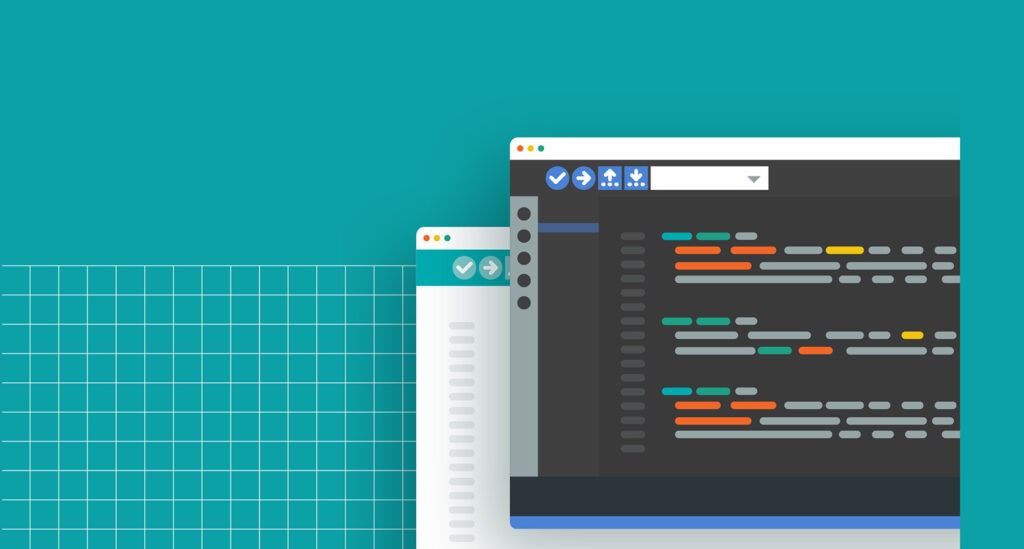Is there an online Arduino IDE?
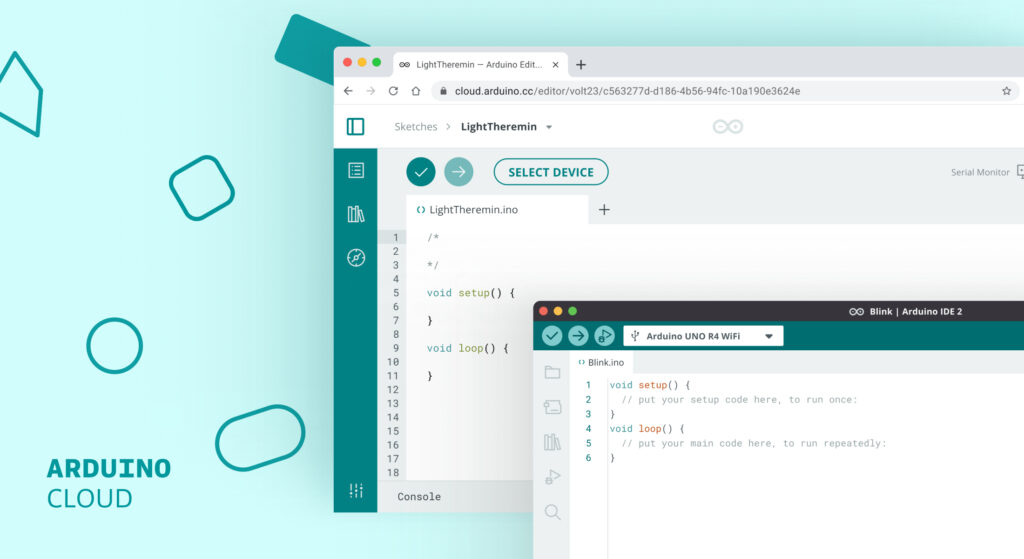
Since the inception of Arduino, the Arduino IDE has been a go-to tool for people learning to code and creating projects ranging from remote-controlled cars to soil moisture monitoring. No wonder it’s been downloaded over 24 million times this year, so far!
Now if you’ve ever wondered whether you can use Arduino IDE online, you’re not alone. Many Arduino enthusiasts, from hobbyists to professionals, have been asking the same question. The good news? Yes, there is an online Arduino IDE, and it’s called the Arduino Cloud Editor! Available through Arduino Cloud, the Cloud Editor (previously known as the Arduino Web Editor), offers a seamless, free way to code from anywhere without the hassle of traditional software. It gives you peace of mind knowing that there is no risk of losing your valuable sketches – or all the hours you spent developing them.
Both the traditional Arduino IDE and the Cloud Editor have their strengths, but choosing the right one depends on your specific needs and project requirements. So, in this post, we’ll dive into the details so you can make an informed choice and pick the editor that is most suitable for you.
Arduino IDE: greater control, offline use, and stability
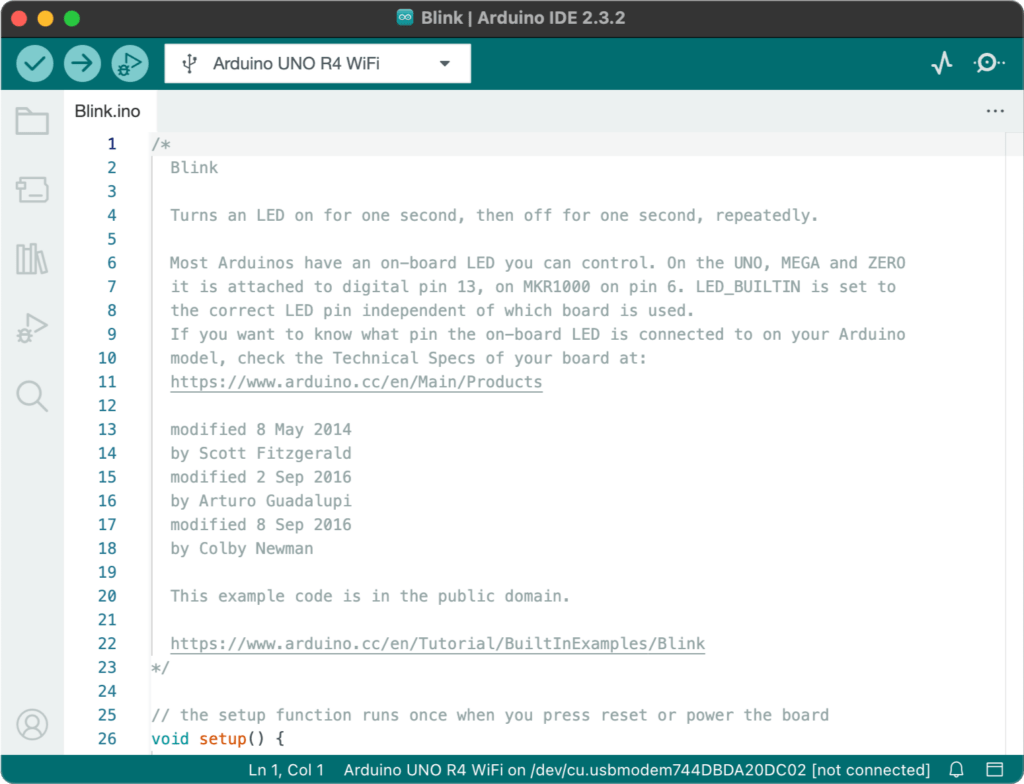
Screenshot of the Arduino IDE 2.3.2
The traditional Arduino IDE is installed on your computer, allowing you to write and upload code directly to your Arduino board via a USB cable. Once installed, the IDE can be used offline, making it a reliable choice for projects in areas with limited or no internet access, for example while camping or in remote work locations.
It gives you complete control over updates, letting you maintain a stable environment by choosing when (or if) to install the latest changes. Plus, it’s equipped with a robust debugger, a serial monitor, and access to thousands of libraries contributed by the Arduino community.
Key features of the desktop IDE include:
- Serial Monitor & Serial Plotter: Essential tools for debugging and visualizing data.
- Library Manager: Access to over 5,000 libraries created by the Arduino community.
- Autocompletion: The easiest way to speed up your coding process.
In short, the traditional IDE offers more control, such as the option to manually update or freeze the version you’re using, and requires only occasional internet connection for updates.
Who can benefit from the Arduino IDE? Teachers and users who prefer a stable environment without frequent changes may find it particularly valuable.
Arduino Cloud Editor: a convenient Arduino IDE online experience

The Arduino Cloud Editor offers a similar experience to the traditional version but adds the convenience of cloud storage and extra features.
One of its most appealing benefits is accessibility: you can access your projects from any computer, whether you’re at school, at home, or at work. Actually, you can even have them in your backpocket on your smartphone when you’re on the go! Cloud auto saving also ensures you never lose progress due to technical issues, providing a safeguard for your projects.
The Cloud Editor automatically updates itself as well as pre-installed libraries, saving you from manual maintenance. Real-time collaborative coding is another standout feature, enabling teams and students to work together on sketches seamlessly.
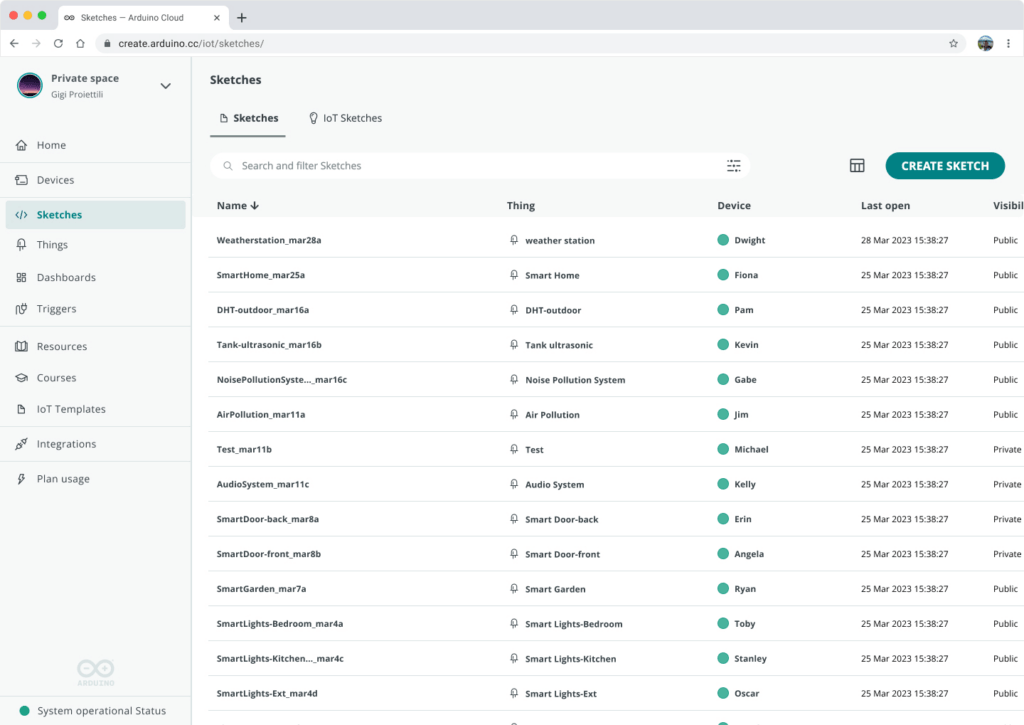
The Cloud Editor is available through Arduino Cloud, a full integrated development experience. In other words, it’s part of a bigger ecosystem. You can build IoT projects faster with pre-built templates, customize dashboards to monitor and control your devices remotely, and even integrate voice commands via Alexa or Google Home without writing a single line of code.
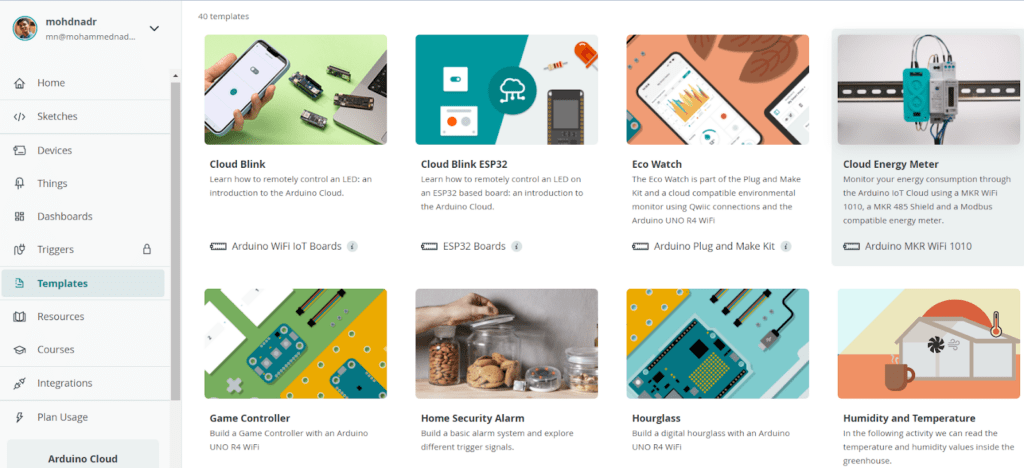
Screenshot of the templates section in Arduino Cloud
Who can benefit from the Cloud Editor? Anyone who needs real-time collaboration and easy access to their projects from anywhere.
Which editor should you choose?
The traditional Arduino IDE is ideal for users who need offline access and greater control over updates. It’s faster when compiling and uploading code, and offers advanced debugging tools that the Cloud Editor lacks.
On the other hand, if you need flexibility to work from multiple locations or collaborate in real-time, the Arduino Cloud Editor’s seamless integration with cloud storage and automatic updates make it a more convenient option, especially for beginners. Features like OTA updates are particularly useful for projects requiring frequent, remote updates.
As a quick summary:
Choose the traditional Arduino IDE if:
- You prefer working offline or in remote locations without internet access.
- You want full control over when updates are installed.
- You’re using non-Arduino hardware that requires specific libraries or configurations.
Choose the Arduino Cloud Editor if:
- You want to access and edit your projects from anywhere, on any device.
- You appreciate automatic updates and zero maintenance.
- You’re working on collaborative projects or need to share your work easily.
- You want to build your own IoT dashboards.
- You want to explore over-the-air (OTA) updates.
We’ve summarized the features available in the two editors in the detailed comparison table below, to help you decide which option best suits your project needs.
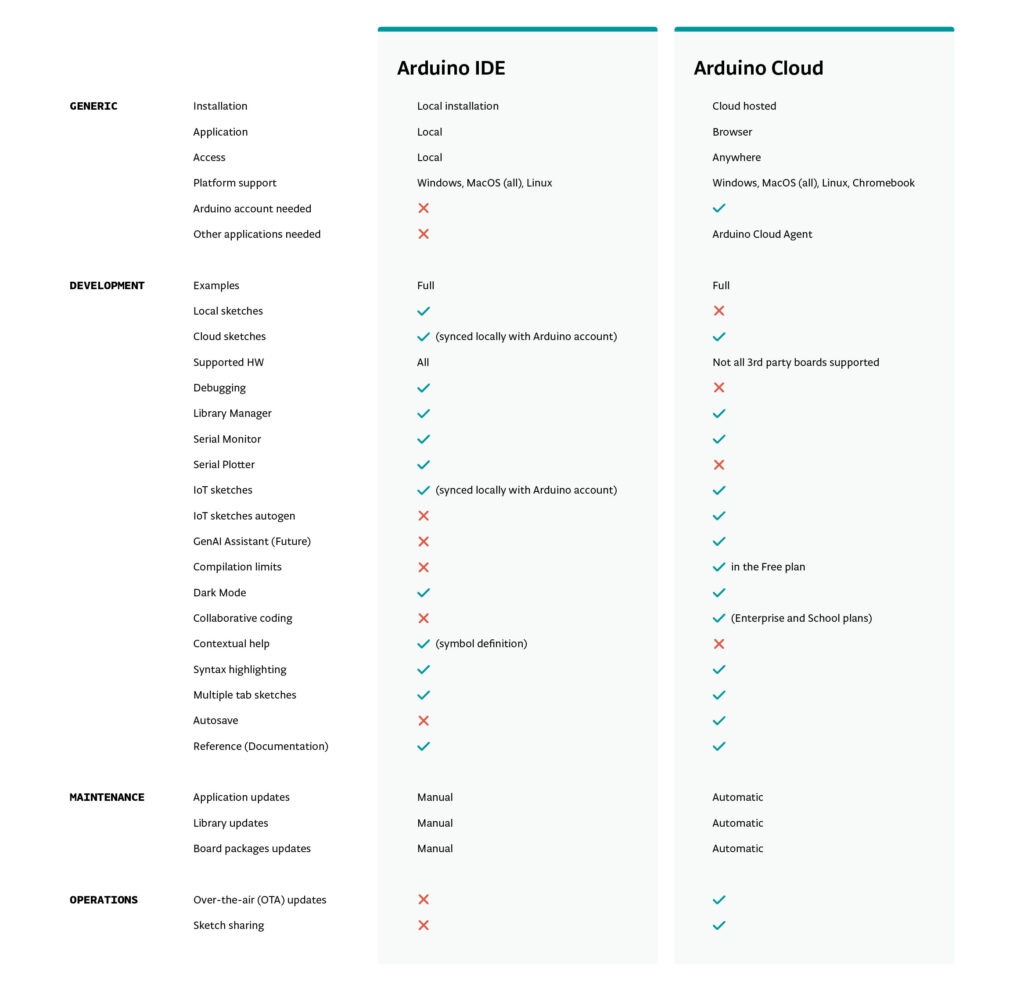
Ultimately, your choice should reflect your project’s complexity, collaboration needs, and hardware requirements.
How to get started with the IDE of your choice
Having decided which IDE is best for you, are you now ready to dive in?
To get started with the traditional Arduino IDE, download the software and check out the Arduino Docs guide that shows you how to program using the IDE.
For the Cloud Editor, simply create an Arduino account and explore the detailed Cloud documentation to help you bring your dream project ideas to life!
The post Is there an online Arduino IDE? appeared first on Arduino Blog.
